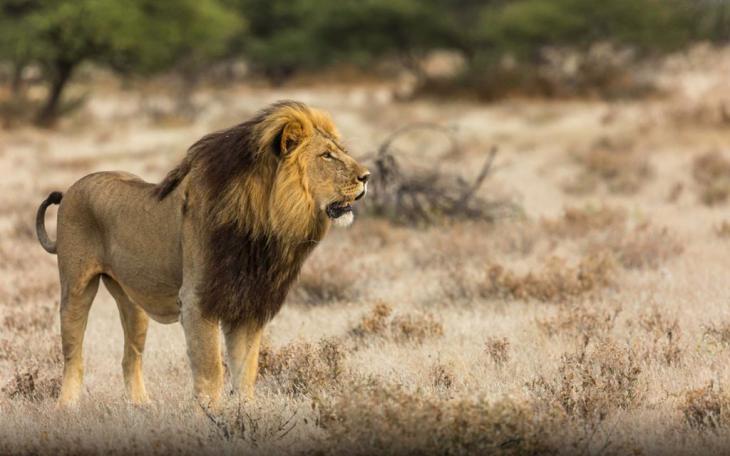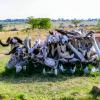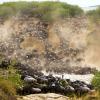What is the African lion?
Throughout history, African lions have been revered as emblems of bravery and strength. These legendary cats have muscular bodies—they're only second in size to tigers in the cat family—and roars that can be heard from five kilometers distant. The coat of an adult lion is yellow-gold, whereas that of a juvenile lion has some light patches that fade with age. The stunning fringe of long hair that encircles the heads of only male lions is known as a mane.
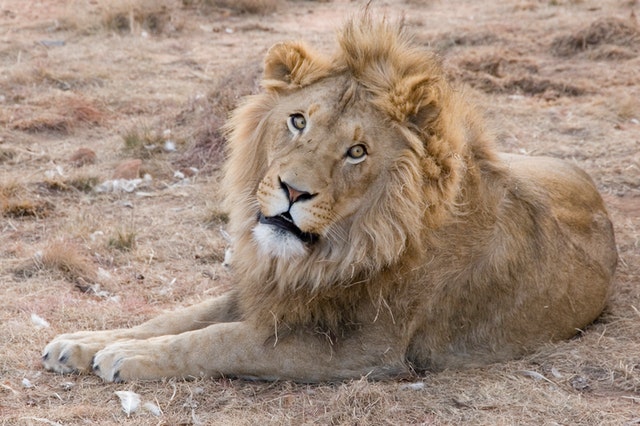
Habitat
African lions used to roam the entire continent of Africa, as well as parts of Asia and Europe. However, the species has vanished from 94 percent of its ancient range and is now only found in sub-Saharan Africa. Apart from tropical rainforests and deserts, these lions prefer grasslands, scrub, or open woodlands where they can more easily hunt their prey, though they can exist in most ecosystems.
Asiatic lions (Panthera leo persica) are a subspecies of African lions that only exist in India's Gir Forest in limited numbers.
Lion prides and hunting
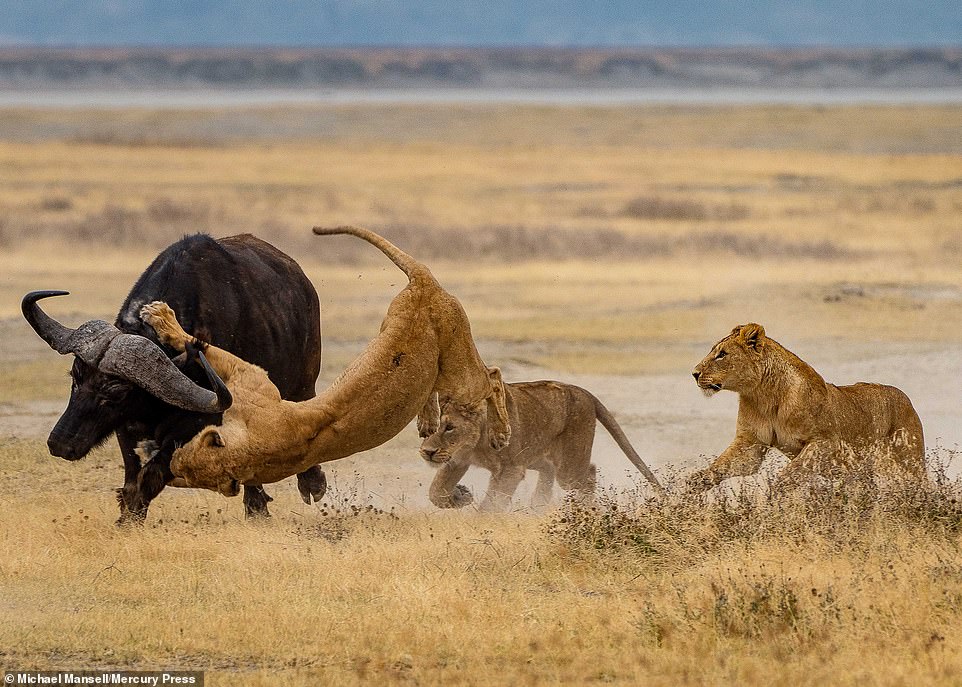
Though there is one population of lonely lions, lions are the only cats that live in groups called prides. Prides are family groups of lions that can range in size from two to forty, with up to three or four males, a dozen or more females, and their offspring. The lionesses in a pride are all connected, and female cubs often stay with the group as they grow older. Young males eventually leave and form their own prides by taking over another male-led group.
Males guard the pride's territory by marking it with urine, roaring menacingly to warn intruders, and chasing away animals who intrude.
The pride's primary hunters and leaders are female lions. They frequently collaborate to feed on antelopes, zebras, wildebeest, and other large grassland animals. Because many of these creatures are faster than lions, it pays to operate together. Female lions also rear their young in a group setting.
Following the hunt, the cooperative effort frequently devolves into arguing over who gets to keep the prey, with cubs at the bottom of the food chain. Until they are around a year old, young lions do not assist in hunting. If the opportunity arises, lions will hunt alone, and they will also grab kills from hyenas or wild dogs.
Threats to survival
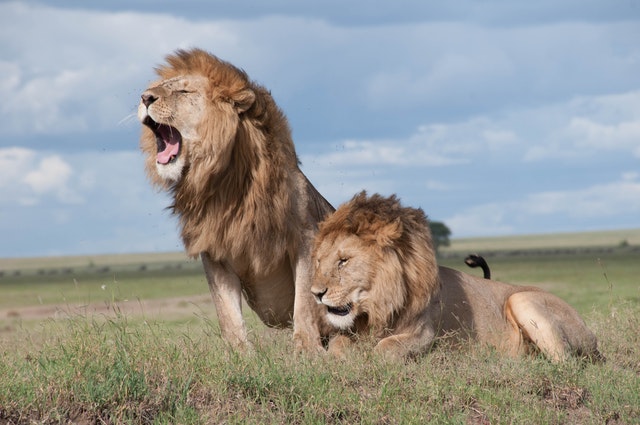
Only half as many African lions exist today as there were 25 years ago. The International Union for Conservation of Nature (IUCN) estimates that less than 25,000 lions exist in Africa, making them vulnerable to extinction, according to the organization.
African lions are threatened by a multitude of factors, the majority of which can be traced back to humans. Ranchers may kill lions in retribution and as a preventative measure, often using pesticides as poison, if they are afraid that lions would prey on their cattle, which may be a big financial loss. Poachers are also after the species because their bones and other body parts are sought after in the illegal wildlife trade.
The role of trophy hunting is debatable. Mismanaged hunting in the past has resulted in the extinction of lions in some ecosystems, despite the fact that hunters and others in the industry claim that hunting fees fund lion conservation. However, according to National Geographic Explorer Craig Packer, the amount created by hunting is "underwhelming...[that] it's no surprise that the lion population has collapsed despite years of lion hunting being authorized in [certain] countries."
The decrease of prey across the lion's habitat is driving the conflict between humans and lions. African lions graze on huge herbivores, a population that is increasingly being exploited for commercial bushmeat. According to the IUCN, these populations have plummeted by up to 52% in East Africa and up to 85% in West Africa. Because there is less food in the wild, lions may be more likely to hunt domesticated animals such as livestock.
Conservation
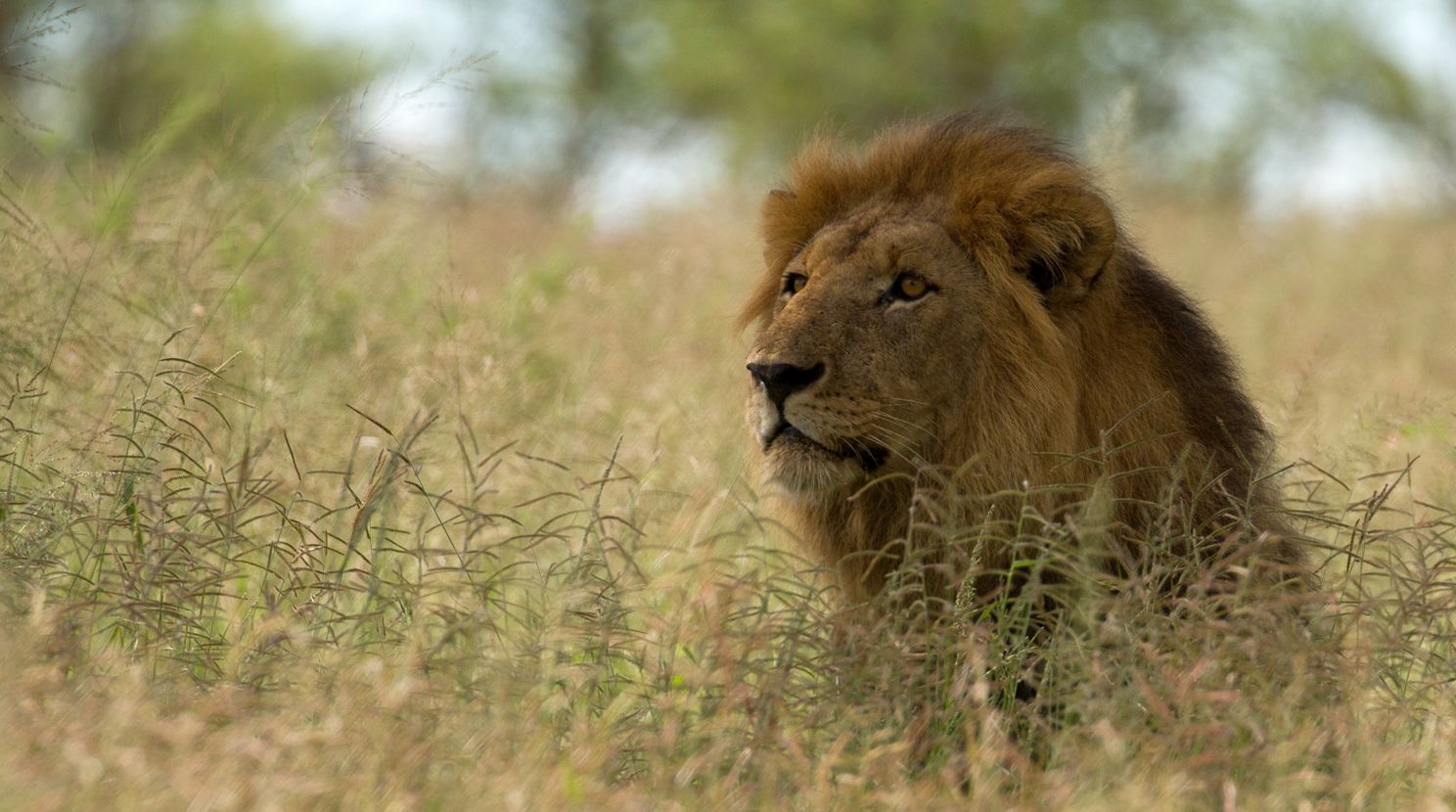
It is critical to assist humans in learning how to coexist with lions in order to ensure their existence. Through compensation programs, conservation organizations are attempting to influence public perceptions about lions. Some of these schemes provide financial incentives to communities when local lion populations increase, while others pay farmers to replace livestock killed by lions.
Other conservationists have focused on establishing lion-protected habitats. When filmmakers Dereck and Beverly Joubert, both National Geographic Explorers, turned the land into a protected reserve and photographic tourism camp in Botswana's Selinda area, just a single lioness and her cub lived there. The reserve now has almost a hundred lions roaming around.
In the Zambezi Delta of Mozambique, where lion population had plummeted due to the consequences of a prolonged civil conflict, the largest-ever lion translocation effort brought in 24 lions from South Africa well 2018—they've settled in and are starting to have cubs.
Credits to National Geographics

